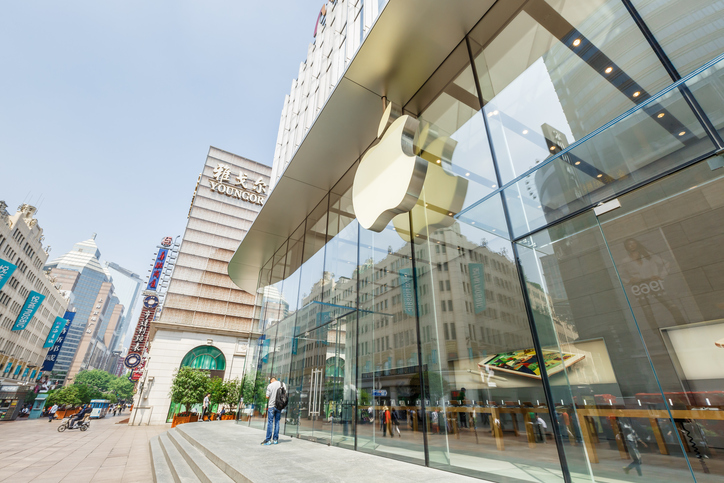I blame Amazon. The rise of online shopping, with the aforementioned billion-dollar company leading the way, has ripped the core out of the physical shopping experience. Instead of having to actually travel to a store for routine or repeated purchases, one can simply buy them online then wait a few days and they’ll be delivered right to your door. Convenience always wins.
As perhaps its most salient casualty to date, Toys R Us declared bankruptcy last winter, right during the prime of the bountiful holiday season. On a more local scale, you might notice that the storefronts on your nearby main street are slowly shifting as well, moving away from cookie-cutter retail businesses (that is, ones that can be easily supplanted by online vendors) to those that are ‘high touch’ such as coffeeshops, organic butcher shops, eyeglasses retailers and physiotherapists, to cite four examples.
With this sweeping transition, there is an opportunity for hotels to immerse themselves with communities. Namely, we are entering the ‘experiential age’ where visiting any commercial space is no longer merely transactional but is more related to deepening an emotional rapport with the product. As online merchants continue to take over, buildings will undoubtedly be looking for new tenants; the translation for you as a hotel marketer being good negotiating power on rental prices. What better way to showcase all the great benefits that your property can provide to its guests than by giving them a physical point of interaction?
The foremost example on this front is Apple, with each store typically marking the most densely consumer-packed part of any mall or merchandizing thoroughfare. In my mind, it’s the employees that make the magic happen and not the rather clinical furnishings. These ‘Geniuses’ undergo extensive training so that they can talk effusively about any hardware or software product showcased in the store. Without them, Apple would have no need for a standalone store and could rely solely on online sales and distribution partners like Best Buy.
Now that even Amazon is experimenting with a physical store concept, you have to ask yourself that perhaps there are a few irreplaceable merits to letting customers experience your brand in ways that are different from simply interacting with a website. In essence, what we are talking about here is sensory activation, with a computer monitor only able to ever deliver on the sight and sound fronts, while a standalone store might also recruit touch, smell and, of course, the fundamental human need for personal connection.
As some other notes to consider related to this, virtual reality can be harnessed for such stores. While VR has yet to fully make a dent in the home consumer market, such devices are fully immersive and are proven to cause a remarkable uptick in interest in travel brands. Obviously, you will first need the content – that is, the footage – in order to make this happen.
Next to note is the ‘retail footprint’ for which a hotel store will not necessarily require a big space as we are merely showcasing our brand features and not stocking any actual inventory, thereby lowering rental costs and delivering a better revenue per square foot. Thirdly and related to the second point, you might consider online integration whereby a prospective guest who visits a physical location can then be eligible for certain discounted offers via the use of promo codes on your brand.com.
Of course, such standalone retail stores would be far more appropriate and feasible for the major chains and soft brand associations, but the underlying principles for the new ‘experiential age’ must nevertheless be understood by all hotel marketers, no matter the company size, in order to design promotions and activation events that spur economic exchange. Thinking broadly, as the world moves online, the impact you can make offline becomes all the better, but only if executed correctly.
